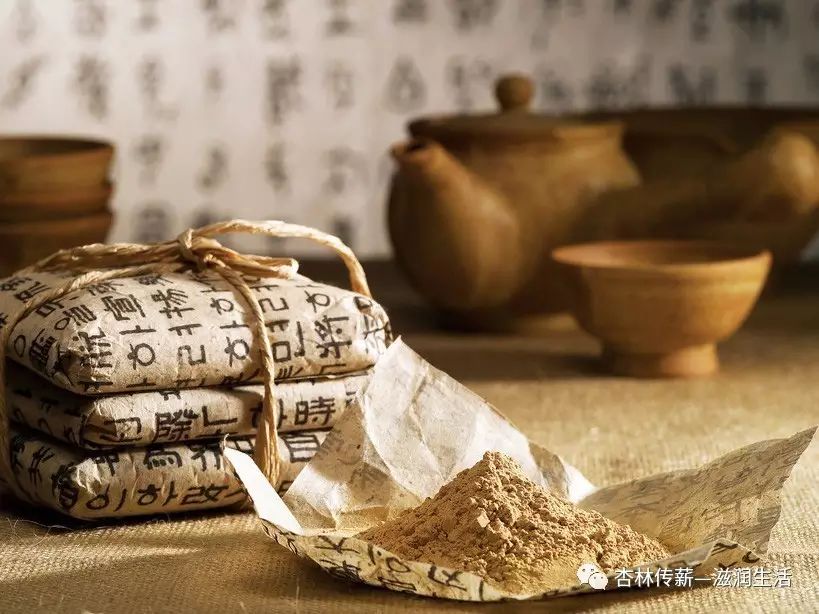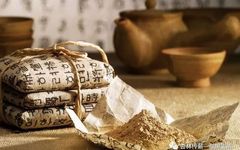The characteristics of herbal powders are: they are easy to prepare, absorb quickly, and save on medicinal materials, making them convenient for consumption and transport.

For internal use, powders are generally made by grinding the medicinal materials and then taking them with warm water according to the required dosage. I also use powders in the recovery phase of some chronic diseases. For example, for late-stage management of diabetes and hypertension, this method tends to enhance absorption and save on medicinal materials. However, one drawback is that the taste is not particularly pleasant, and some people may not adapt well to it.
For external use, powders are typically applied directly to the affected area. For instance, Ice Boron Powder can be applied directly to oral ulcers, and Yunnan Baiyao can be applied to wounds. Some powders may also be mixed with solvents such as vinegar or oil for use. Occasionally, I use certain powders to treat conditions, for example, for women seeking to achieve skin whitening and blemish removal, I utilize ultra-fine grinding technology to grind the medicinal materials and mix them into skincare products, applying them evenly to the face before sleep. With long-term use, the effects on skin whitening and blemish removal are quite good. The herbal materials in powders processed through ultra-fine grinding technology become finer and easier to absorb.
In summary, the applications of herbal powders are quite extensive, and I advocate for their clinical promotion, especially using ultra-fine grinding technology to prepare them, as this saves on medicinal materials and benefits human absorption. However, the taste for internal use is slightly inferior to decoctions. For external use, this issue does not exist.

